Graham Reid | | 4 min read
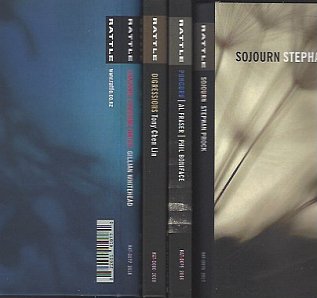
If it is a murder of crows and a clowder of cats, why not “a provocation of rattles” to describe a bunch of new contemporary music releases on the Rattle label?
Rattle out of Auckland has become the preeminent label for improvised music (aka jazz) and contemporary music (aka classical) as well as holding the banner high for taonga puoro (traditional Maori instruments, often in contemporary settings) and some of this country's finest performers -- such as Sir Michael Houstoun -- playing the classical repertoire. And they've been doing it for decades.
It has also become increasingly prolific to the point that it is sometimes hard to keep up with, so here we offer some synopses of four recent releases, all of which are provocative in their own way.
So why not a provocation of rattles?
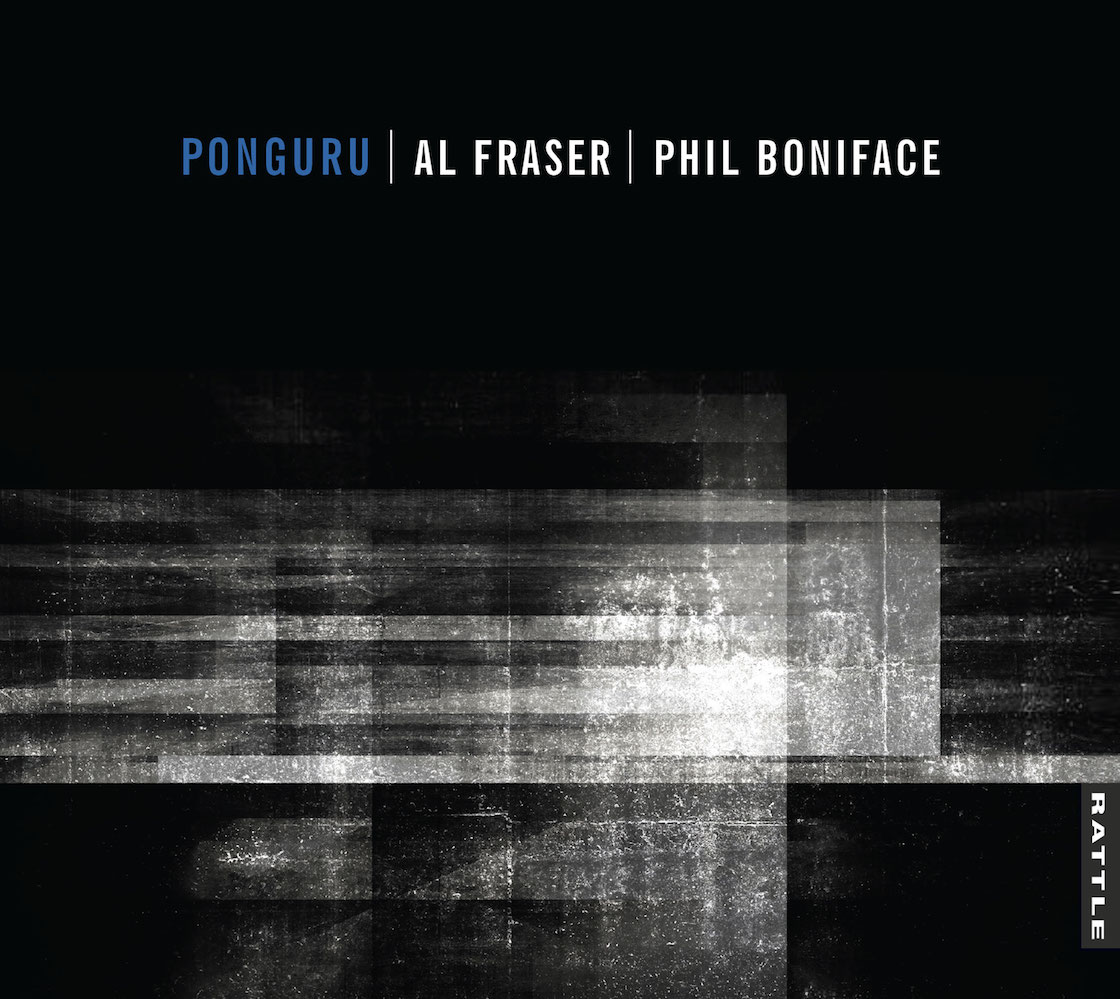 Al Fraser and Phil Boniface: Ponguru
Al Fraser and Phil Boniface: Ponguru
This is where the aural provocation begins, duet pieces by Fraser (on taonga puoro) and Boniface (double bass).
This was recorded at Lee Prebble's Surgery studio in Wellington and includes a piece written by taonga puoro trailblazers Hirini Melbourne (1949-2003) and Richard Nunns (Purerehua, which can be heard by them on Rattle's Te Ku Te Whe album and in a James Duncan remix on Rattle's Te Whaiao).
With titles such as Form, Matter, Space and Time, plus a four part mini-suite on putorino (First Light, Crossing, Waiting, Wayfaring), these piece echo deeply resonant creation stories – the album title means – sonorous or resonant – and are as much a journey as they are discrete instrumentals.
The soundtrack to dreams, myths and the dark landscapes of Aotearoa.
Putorino Suite, Part II; Crossing. By Fraser and Boniface
.
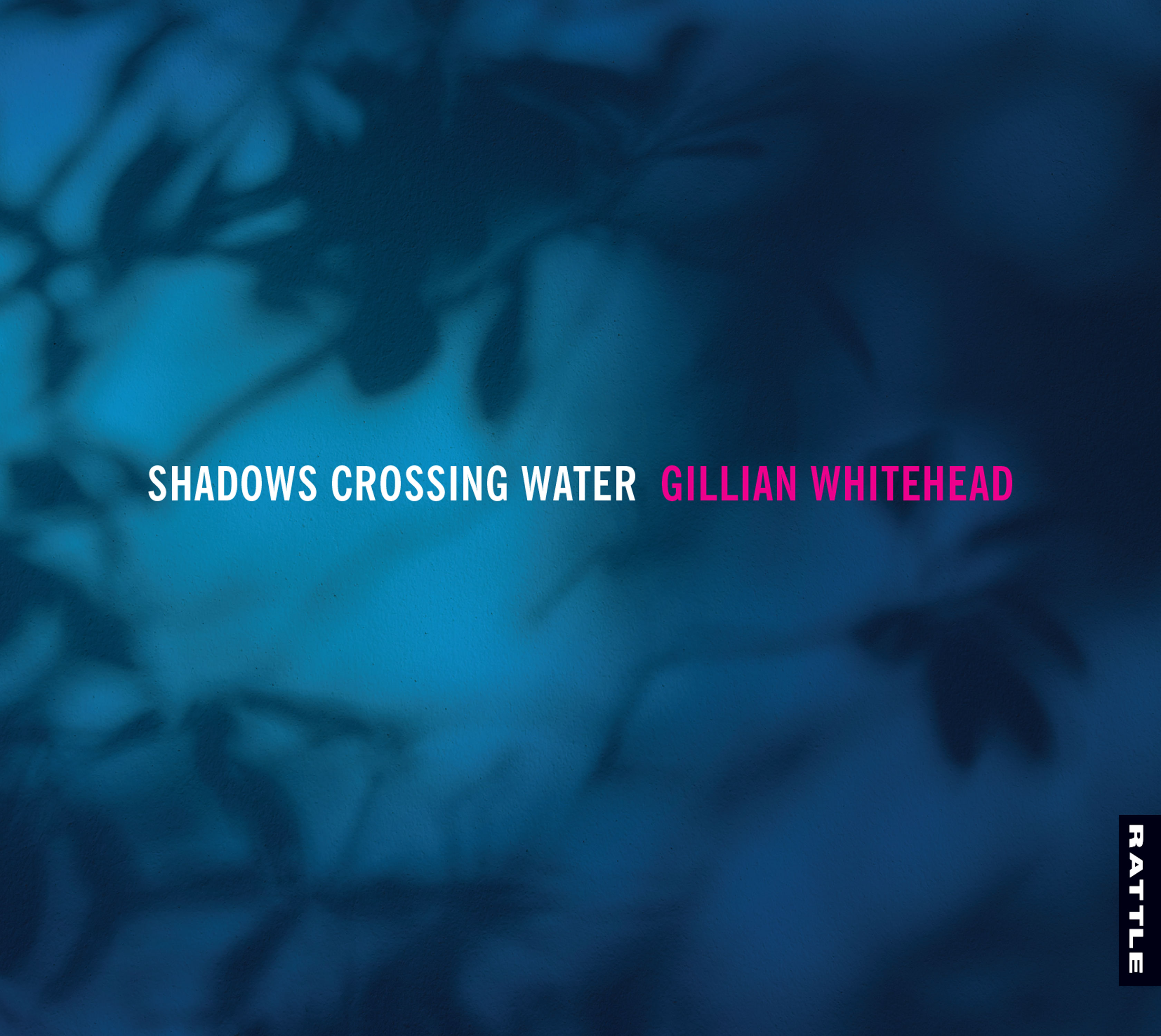 Gillian Whitehead: Shadows Crossing Water
Gillian Whitehead: Shadows Crossing Water
There was a time when Gillian Whitehead was one of the few New Zealand composers who – along with Jenny McLeod – was actually a household name. It was telling that she was among the inaugural Arts Laureates in 2000 and nine years later was accorded the title Dame.
Much of her early life and work was overseas (Britain then Australia) and she has written a wide range of music including works for solo, chamber, choral, orchestral and operatic pieces, most of them direct commissions from performers and funding organisations.
The eight pieces on this fine collection recorded in Prague with the Stamic string quartet (with guest oboe and piano) may come from all parts of her career – the three improvisations for solo oboe date back to the '63, the title piece from 2014 – but there is quiet coherence evident.
And even just a cursory hearing of the solo piano pieces Arapatiki and Tumanako; Journey Through an Unknown Landscape evoke images of Aotearoa New Zealand. As does Torua for violin and piano which – commissioned after the Christchurch quakes – has a sense of unease and portentous shifts of wind across a landscape.
Recommended.
Arapatiki, by Gillian Whitehead
.
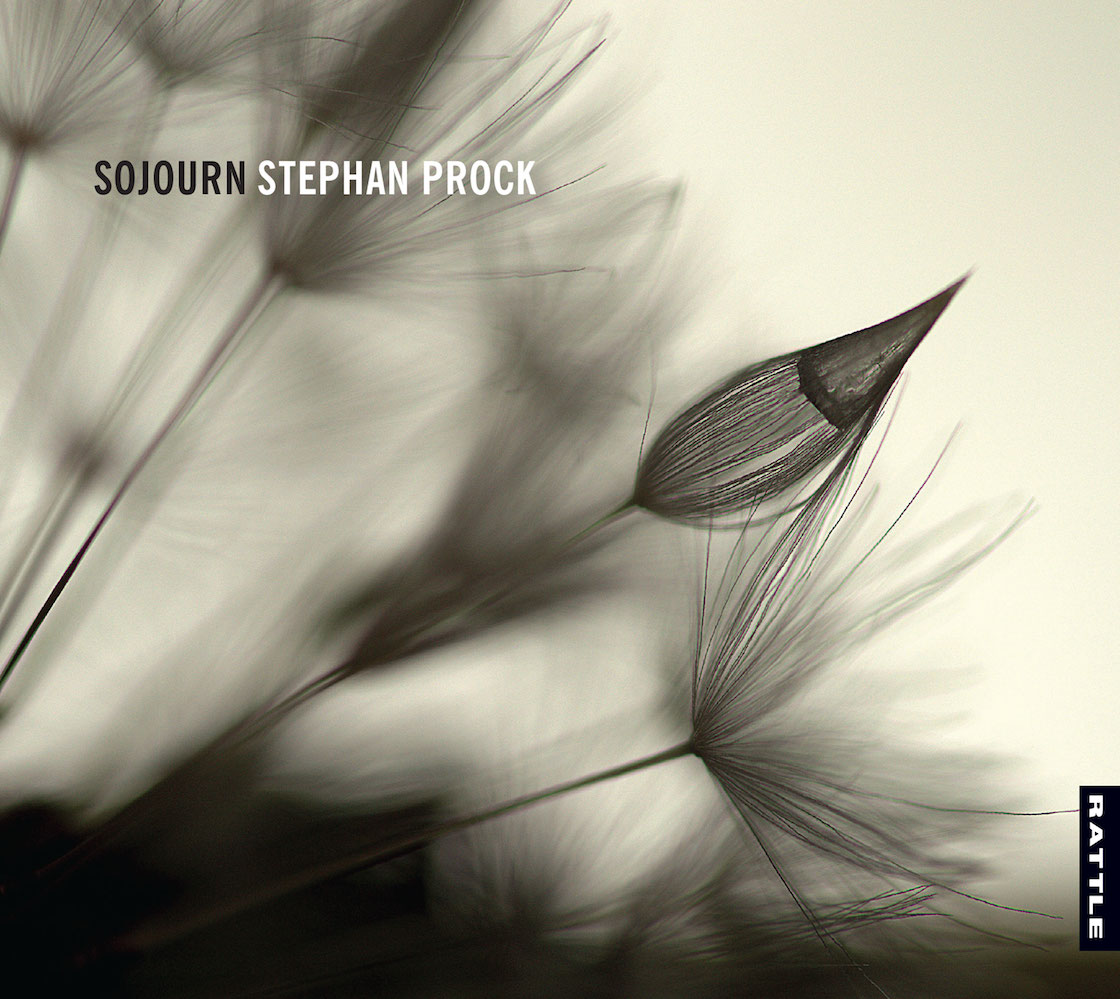 Stephan Prock: Sojourn
Stephan Prock: Sojourn
Now Boston-based, the US pianist/composer and singer Prock spent nine years in Wellington at Victoria University until 2005 where these songs and instrumental were recently recorded by Dave Lisik.
There are wonderful and familiar performers here, notably pianist Jian Liu and mezzo soprano Margaret Medlyn (together on five songs) and pianist Diedre Irons with violinist Martin Riseley (six pieces).
The programme opens with three setting of Shakespeare lyrics by soprano Liza Harper and pianist Mark Dorrell then there is a beautiful solo flute piece Baci sui vento/Kisses on the Wind by flautist Roberto Fabbriciani which at times is as featherweight and rapidly flittering as its title suggests.
The six Stradivariazioni pieces by Irons and Riseley are elegant or energetic miniatures.
Your enjoyment of the rest will be determined by your appreciation of, or tolerance for, sopranos.
Red Diamond; Vivo, IV of the Stradivariazioni. By Irons and Riseley
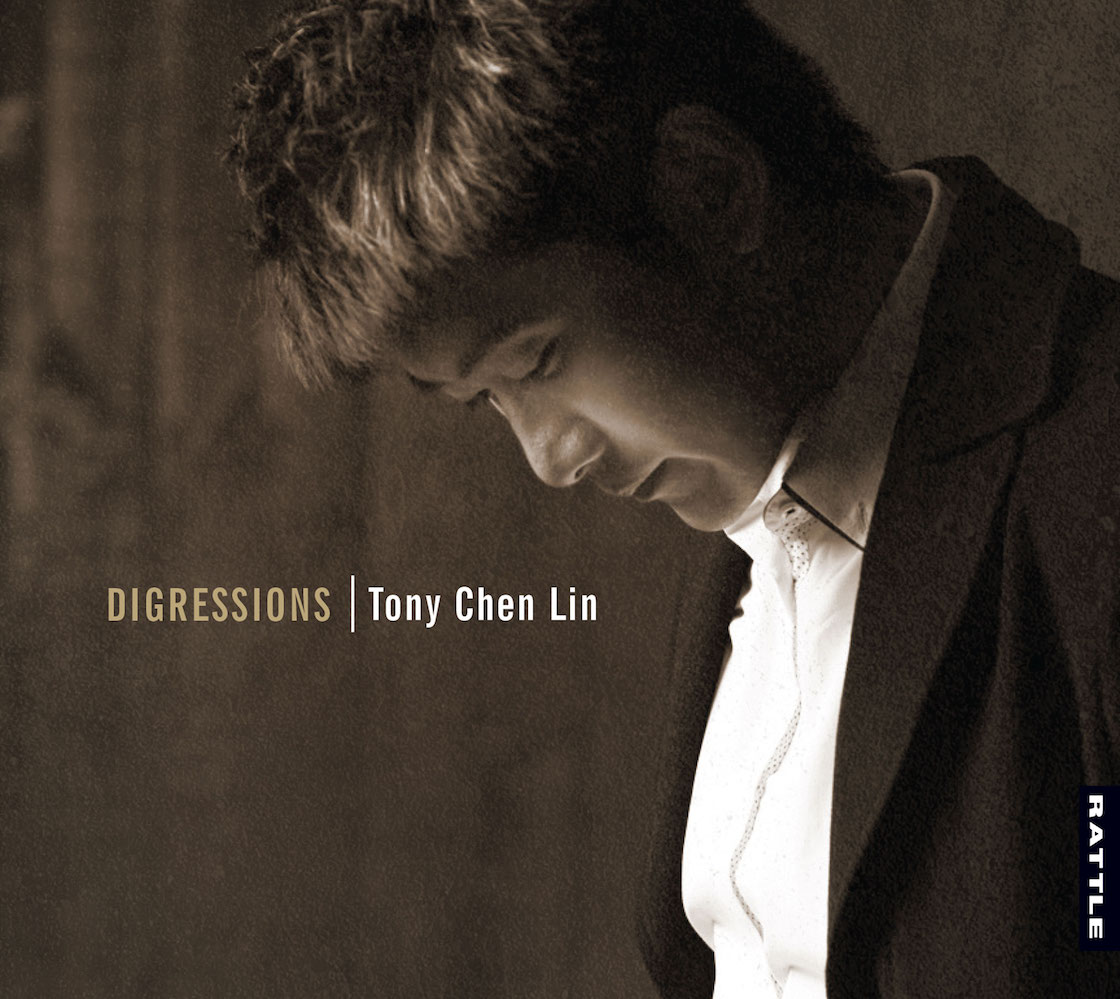 Tony Chen Lin: Digressions
Tony Chen Lin: Digressions
Bartok, Bach and Schumann form the bulk of this debut album by the award-winning China-born, New Zealand-schooled pianist now based overseas. The title piece however is an elusive composition of his own which very slowly comes to life like a flower unfolding and doesn't quite establish any particular motif in its five-plus minutes but suggests a number of directions and teasingly follows few for any duration.
It is an oasis of reflection and as he says in the liner notes he often uses it as hors d'oeuvre before Schumann's Humoreske (which here follows) because it too is a piece which seemingly does not begin.
That said Humoreske is a beautiful, melodic and sometimes reflectively melancholy cycle which is by turns whimsical, sprightly and gently effervescent and at others broods among the joy of life around it, making connection with pleasure only when it suits. Chen Lin captures all of these moods.
The Bartok Piano Sonata BB 88 from '26 opens the album with a work which straddles the worlds of classical structure and folk idioms so there is that earthy second movement which seems to pull the spirit into a gloomy world of mysterious night only to release its grip in its final, dawn-approaching passages before everyone is up and hustling off to market in the final movement.
The Bach is his delightful French Suite No 5 in G Major which brings light, colour and sunshine.
For a debut recording, this is an impressive calling card and an intelligently constructed series of works . . . and you would hope for more along the lines of his own composition also.
Also recommended.
Sostenuto e pesante; Bartok's Piano Sonata BB 88. By Tony Chen Lin
. . . And there we have it, a catch-up on a Provocation of Rattles.
![]()
Ho ho ho!
For more on these and other Rattle albums check their extensive website here.

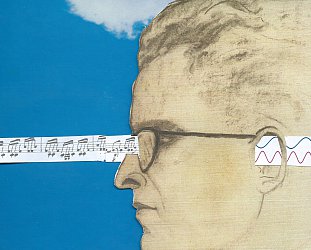
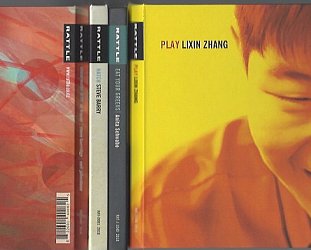
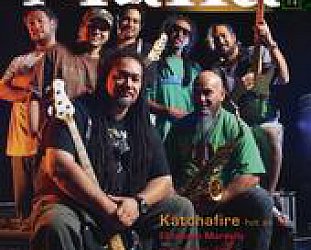
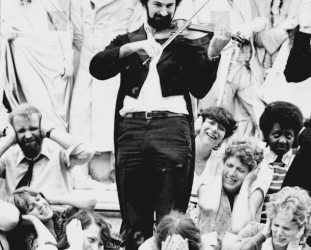
post a comment